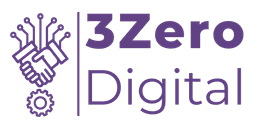If you’ve ever dealt with a hacked WordPress site, you know how frustrating and damaging it can be. Recently, we tackled a massive Japanese SEO spam attack where more than 242,000 spam pages were indexed in Google. The challenge was not just removing the malicious content but also ensuring that it didn’t come back.

Here’s how we cleaned up the site and removed the spam pages from Google in just 10 hours.
Step 1: Cleaning Up the Malware
Before dealing with the indexed spam pages, we first focused on cleaning up the malware to stop the spam from regenerating:
- Scanning for Malicious Files: We used tools like Wordfence, MalCare, and manual searches to identify backdoors and suspicious PHP files.
- Removing Unknown Admin Users: Hackers often create admin users to regain access, so we checked and removed any unauthorized accounts.
- Updating WordPress, Themes & Plugins: An outdated site is a prime target for hacks, so we updated:
- WordPress Core
- All Plugins
- All Themes
- Checking .htaccess and wp-config.php: Hackers often modify these files, so we restored them to their default state.
Step 2: Analyzing the Hack
The next step was to analyze the structure of the hacked URLs. After scanning the site, we identified a pattern in the spam URLs:
https://domain.com/ahqdr/ https://domain.com/daaqx/ https://domain.com/jpkdf/ https://domain.com/qwerty/ https://domain.com/xyz123/
Most of these spam pages were generated in bulk and hosted on randomly generated subdirectories. The key observation was that all the spam URLs ended with .htm or .html.
Step 3: Removing Indexed Spam Pages from Google
To get these pages deindexed from Google quickly, we used Google Search Console (Webmaster Tool):
- Navigate to:
Removals → New Request → Remove all URLs with this prefix. - Submit the following prefixes:
https://domain.com/ahqdr/ https://domain.com/daaqx/ https://domain.com/jpkdf/ https://domain.com/qwerty/ https://domain.com/xyz123/ https://domain.com/*.htm https://domain.com/*.html
This process told Google to remove those indexed spam URLs immediately.
Step 4: Adding a Robots.txt File
To prevent further indexing of these spam pages, we added the following robots.txt file in the site’s root directory:
User-agent: * Disallow: /*.html$ Disallow: /*.htm$
This blocks all search engine crawlers from accessing any pages that end with .html or .htm, ensuring that no new spam pages get indexed.
Step 5: Strengthening Security
To prevent future attacks, we took additional security measures:
- Changed all admin passwords and database credentials
- Disabled XML-RPC to prevent brute-force attacks
- Installed a firewall (Cloudflare & Wordfence)
- Implemented Two-Factor Authentication (2FA) for admins
- Blocked known malicious IP addresses
Final Results
- ✅ 242,000 spam pages removed from Google
- ✅ Malware fully cleaned
- ✅ Site secured from future attacks
- ✅ Completed within 10 hours
If your WordPress site has been hacked and is showing thousands of spam pages in Google, act fast! Removing the spam quickly can prevent your domain from being blacklisted. Need help? Contact us today for professional WordPress security and malware removal services.
Last updated: February 15, 2025


